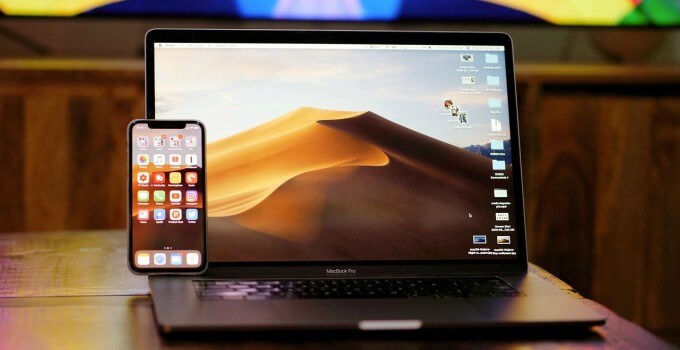macOS Catalina has precise requirements, you will need to have the previous OS version, and it works only on specific MacBooks, iMacs and so on. But even if it might not seem possible to install Catalina on your Mac due to the requirements, you shouldn’t worry that much. There are some methods you can use to install Catalina on your unsupported device. It does require a bit of thinking outside the box, but it’s going to be worth it, and it will be quite the experience.
Yes, we are now looking at macOS 11, after roughly 20 years of macOS 10/Mac OS X incremental updates. Well, with the release of this new version which will be available on Apple Silicon-based Macs and which introduces a totally new design, Apple taught it was time. Once it reboots, you should have a working macOS Catalina on your unsupported Mac. How to install Big Sur on an unsupported Mac. Step 1: Download the macOS Big Sur installation file from the App Store or click this link. Step 2: Plugin a USB drive with at least 15 GB of space. This is where you will store the Big Sur installation file. DosDude Catalina Patcher is a popular third-party tool that allows users to patch the MacOS Catalina installer on otherwise unsupported Macs. Of course, just because you can do this, doesn't mean. MacOS Catalina Patcher. The easy way to run macOS Catalina on your Unsupported Mac. Download Latest Version View Changelog. Current Version Info. Current Version: 1.4.4. If you have NOT previously installed High Sierra, you can download and install this package (if running OS X 10.10 Yosemite or later) to install the latest BootROM version. The macOS Catalina Patcher was created by third-party developer DOSDude1, and although you’ll likely run into some problems from time to time, it does allow you to run Catalina on unsupported hardware – even if it does go against Apple’s terms and conditions.
What do you need?
To install Catalina on your Mac, you will need to download and create a bootable USB installation drive. The drive needs to have 16GB, and it has to be formatted in the Mac OS Extended format. You also need to create a backup for your Mac’s information, to be safe.
With the patcher tool method listed below, you can install Catalina on the Early-2008 or newer Xserve, Early-2009 or newer Mac Mini, Late-2008 or newer MacBook Air or unibody unit or any Mac Pro, MacBook Pro or iMac after 2008.
Keep in mind that Catalina works only on 2015+ MacBooks, 2012+ Macbook Air and Pro models, the 2017 iMac Pro, late 2013 Mac Pro or Newer and the Late 2012 Mac Mini or Newer. So yes, you can install this on much older systems if you use the patcher.
macOS Catalina is fully 64bit, and as such, you should check both your CPU and EFI firmware before installing.
How can you create the Patched macOS Catalina installer?

- Download the latest macOS Catalina patcher
- Run the app; now you will have to download a copy. You need that because you are creating a bootable USB drive installer here.
- Since the installer is around 8 GB in total, you need to wait until the download is complete.
- After the download is done, you will be able to choose the installation method. Insert the USB drive and then choose to Create a Bootable Installer.
- Insert the flash drive in the unsupported Mac. Turn the Mac on and hold the Option key down as it loads up. As you enter the Startup Manager, you will need to select the USB drive and then press Return.
- Now you are in the Recovery environment here. Format the internal drive to APFS; you can use the disk utility for that. That’s very important, and you have to do it especially if the drive is not APFS formatted.
- Choose to Reinstall the macOS option in order to begin the installation process. Wait until it’s done. If there are any command-line manages, those are a normal part of the process.
- After the installation is done, you need to reboot using the USB drive once again. You do that so you can apply the post-installation patches. Those are mandatory if you want to ensure Catalina works properly.
- You can perform the post-installation tasks by choosing the macOS Post Install. Use the Force Cache Rebuild option after the installation is completed. Then you can restart and use Catalina on your old Mac.
Catalina For Old Macs
As you can see, installing macOS Catalina on old Mac is indeed possible, and it can offer an excellent experience. All you have to do is to follow the guidelines above, and the experience can be great. At the end of the day, forcing Catalina installations on an older Mac is possible, even if it seems impossible at first. You just need to stick to the guidelines!
Subscribe to our News
Catalina Patcher
Want to stay ahead of what's happening in the ever-changing world of digital business solutions?
Our team is made up of talented individuals and as a company we love digital tech, so if you have a passion for keeping up to date with the latest tech/design/development trends, subscribe to the best of our latest news monthly email.
Comments are closed.